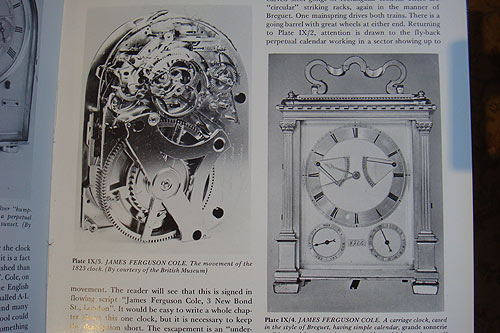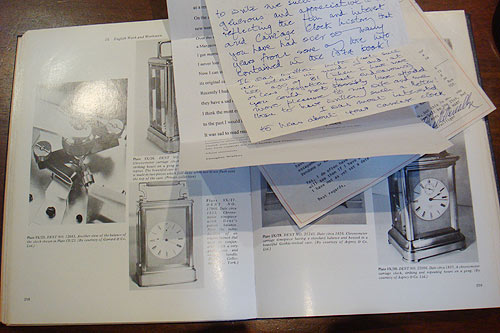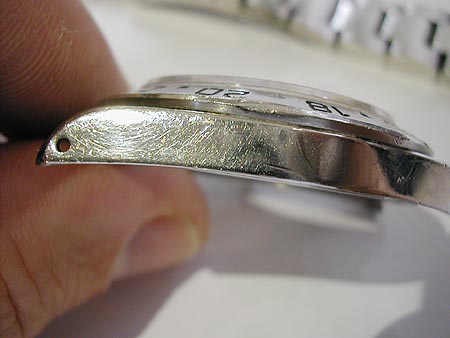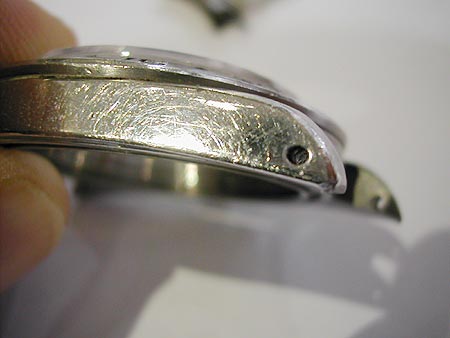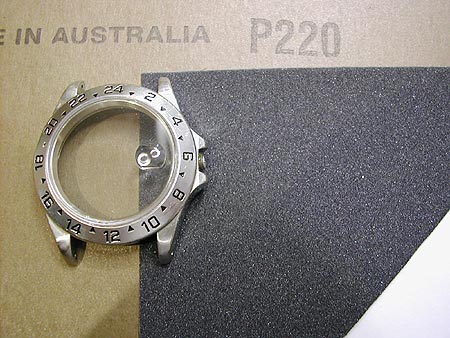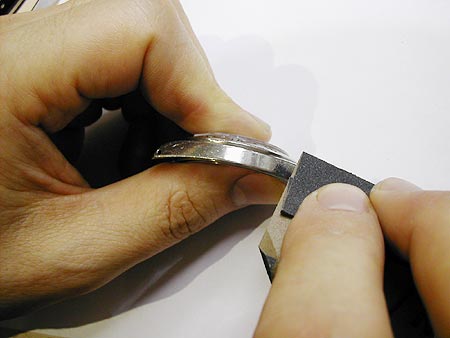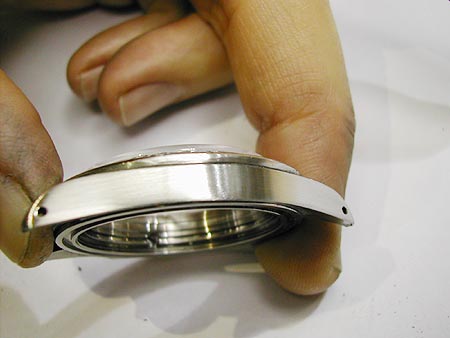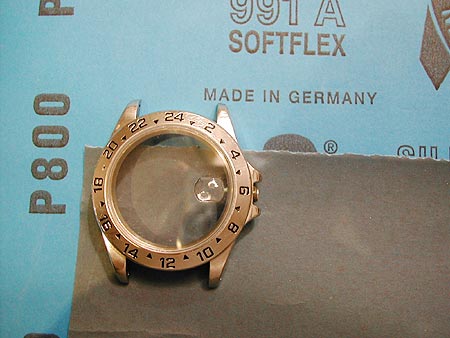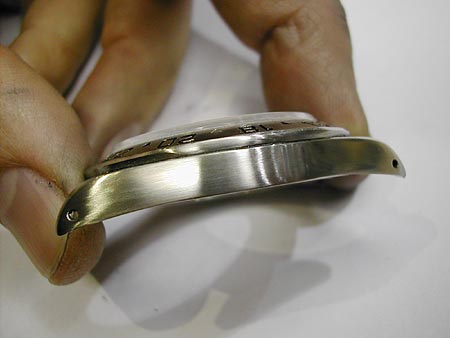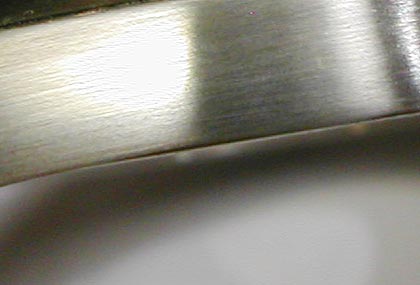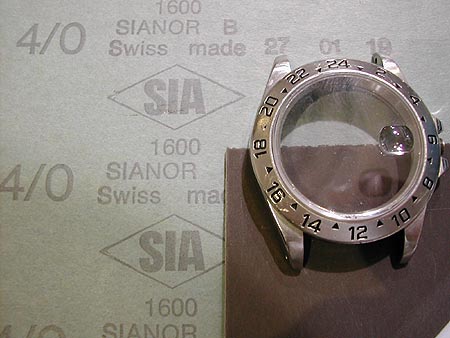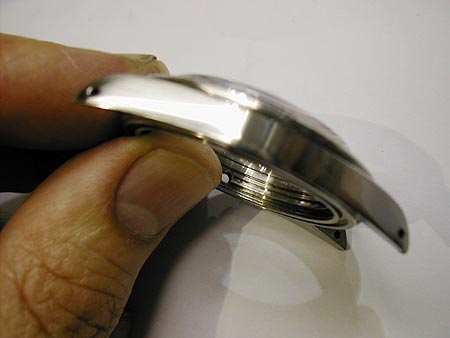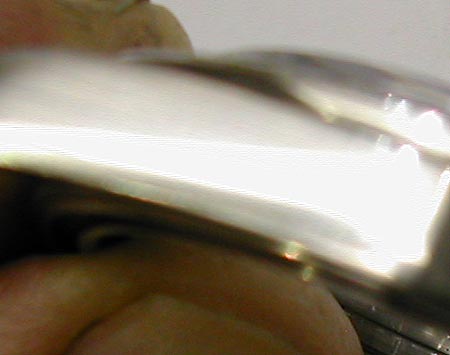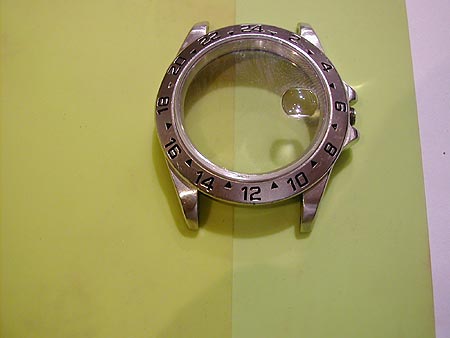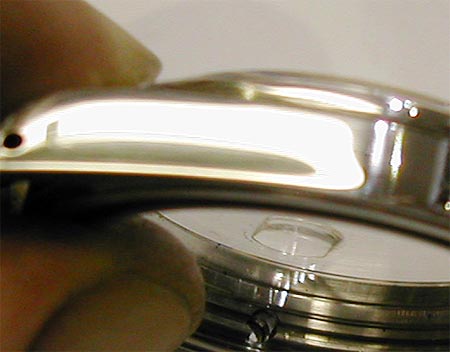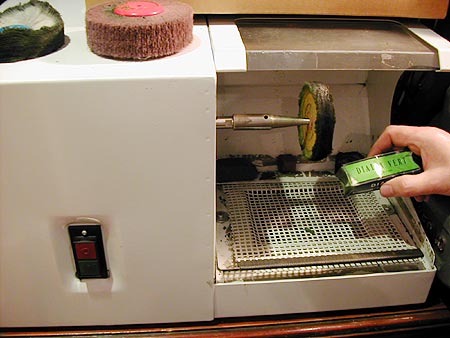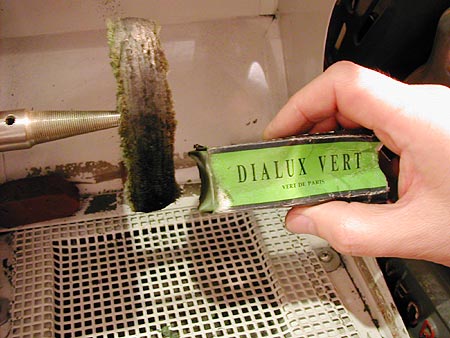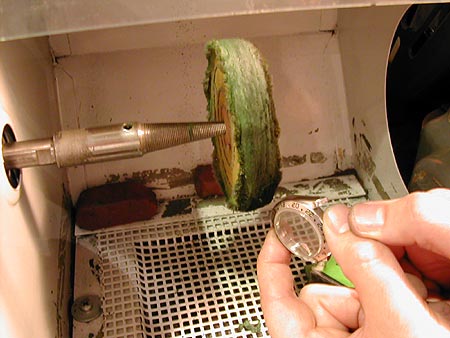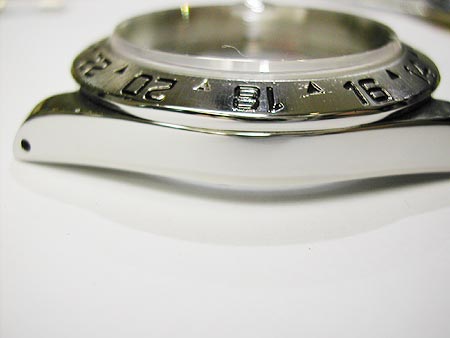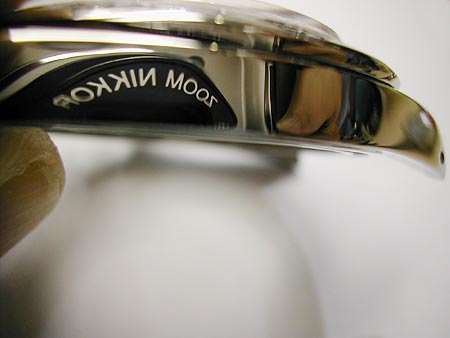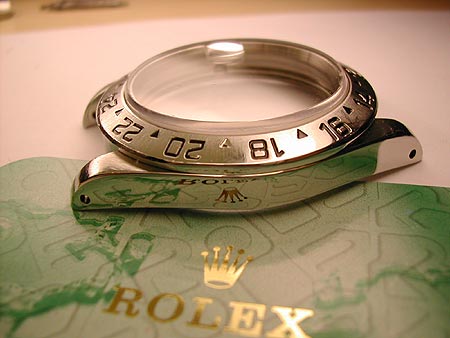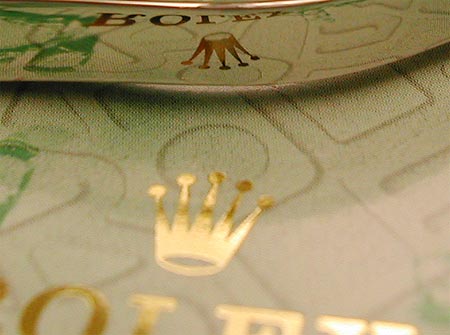What to Collect?
"What should I collect?" is question often asked by both novice watch enthusiast and seasoned collector.
With so many attractive watches to be collected settling for a single brand or style is always difficult. To put things in perspective, let me just say that wrist watch collecting is still a relative novelty. For at least 300 years of timepiece collecting, collectors were predominately fascinated by mechanical aspects of timekeeping and their inner beauty and to lesser degree by a maker itself. Since late 1800s to 1970s a "true horologist" would have in his possession mainly pocket watches and fine carriage clocks.
With very little information available to the general public, one would spend countless hours investigating, reading and researching specific topics but for many, the piece in itself was of lesser importance compared to the knowledge. Joining a collectors' club, traveling around the country and establishing relationships with dealers and auctioneers was essential part of collecting.
With the introduction of battery-operated watches, mechanical watches became less and less popular and eventually, many collectors dropped the hobby of collecting them. With no new entrants into the game, prices dropped and those who heavily invested in watch collecting suffered unrecoverable losses. The next 20 years were the dark era of Horology.
A new age of watch collecting begun in mid 1990s, thanks to the Internet. All of a sudden, we stepped into the most exciting period of human history - an era of Free Knowledge. For the first time, many discovered the fascinating world of mechanical watches.
Online communities of collectors and auctioneers like eBay quickly shaped up the market. For the first time since the 1950s, mechanical Swiss watches were not just a technical curiosity but a sign of refinement, status and potential investment. Swiss manufacturers re-entered the mechanical watch market with the introduction of "new-old" models. The feeding frenzy was so massive that some manufacturers not only reproduced old mechanical movements but also entire watch brands. In order to sell, a handful of them even re-wrote history to suit their advertising needs.
Which bring us back to our original question: "what to collect in 2009?" I believe the new renaissance will result in more than one trend in watch collecting. Some will prefer investing in 'blue chip' watches like vintage sports Rolex or military watches. Others might specialise in one brand, like Omega or Patek. Some might go back to the roots of horology: quality vintage pocket watches and fine carriage clocks. And the remaining lot might buy whatever they personally find intriguing and beautiful
Investing time and effort for the purpose of developing knowledge is the most fundamental aspect of watch collecting, regardless of which paths and ways you personally undertake. During your journey, you can expect fellow collectors to criticise your appreciation on your preferred style or brand and you might find yourself on a solitary and isolated path but anyhow, you will develop a better understanding and appreciation for inner-beauty, which is quite normal. After some time, the small, external imperfections will not be the only factors that will grab your attention as you will then definitely pay more (attention and money!) to factors that are not easily spotted or appreciated.
Stay focused - a pile of watches does not make a good collection, regardless of how much you originally paid for them. The rule-of-thumb is not to rush as there is always a "good deal" coming up and those who possess patience and knowledge would be consequently rewarded.
If you are new to collecting, you should stay away from unreasonable eBay bargains and restoration projects. Do not fall into the trap of over-commitment such as borrowing money to invest in watches, unless your ultimate goal is to provide quality stock at discounted price to fellow collectors!
In conclusion, here is an example of what, in my opinion, is a perfect watch to collect - especially if you are on a tight budget.
The New South Wales Government Railways (NSWGR) was the department in charge of the NSW Government's railways from 1855 to 1972. After a major railway incident that occurred in the US, the NSW Government ordered that every train driver and station master to be issued with a precision time-keeper - a pocket watch. Batches of railroad watches were ordered from the American Watch Company - Waltham, Massachusetts as the NSWGR expected only the best railroad watch money can buy for their staff.
Every issued pocket watch in NSW had its individual number engraved on the case back and some examples also had the owner's name. In addition, train drivers were also issued with a gun, bearing the same number as one engraved on their watch. Indeed, those times were turbulent.
Here is a photo of the NSWGR pocket watch from the year 1901.
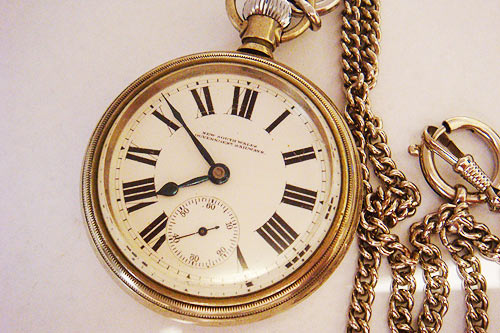
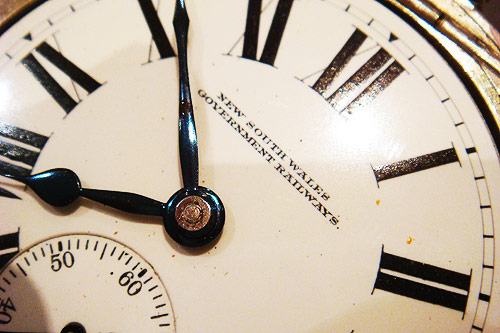
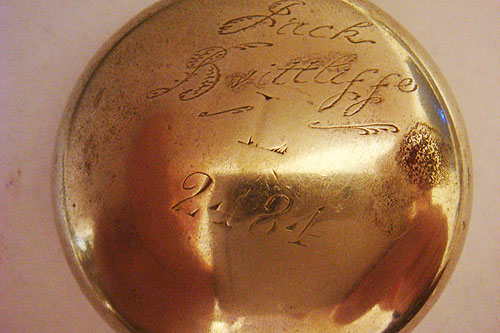
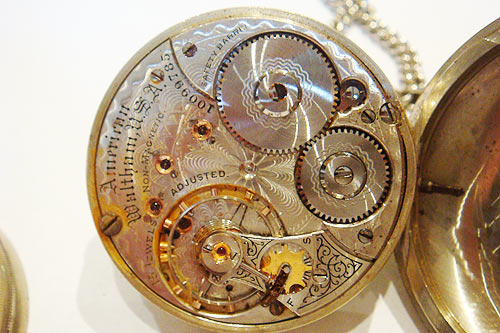
Since my arrival in Australia in 1994 I have personally worked on not more than 3 or 4 examples of the NSW issued railroad watches for overhaul purposes. As you might imagine, those time pieces are fairly rare nowadays, but those who know what they are looking for can still find good working examples of the NSW issues railroad watches.
But that is not all: If luck is on your side, you might even find one NSW GR watch for under $500! So what more could you ask for? A great watch with a great history, fitted with a superbly manufactured mechanism at a bargain price! And enjoyment and satisfaction of doing research on such a fascinating subject is a priceless experience in itself.
If you are ready to immerse yourself into fascinating world of vintage timepieces then you MUST have good reference guide. Although plenty of information is already available on the Internet, nothing come close to learning from the real watch Bible: Complete Price Guide to Watches by Shugart, Engle and Gilbert.

There is no need to buy the latest 2009. edition: basically any post-1990 edition will do the trick and you can find one online for US$5 - $20.
Happy collecting!












